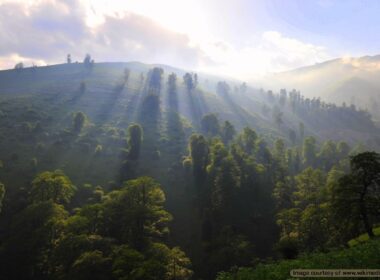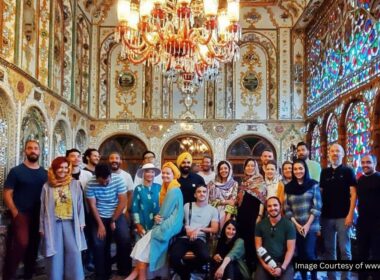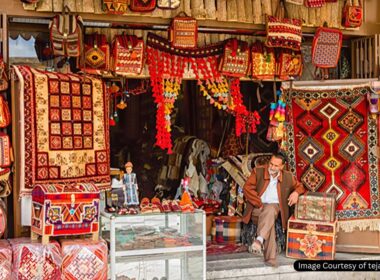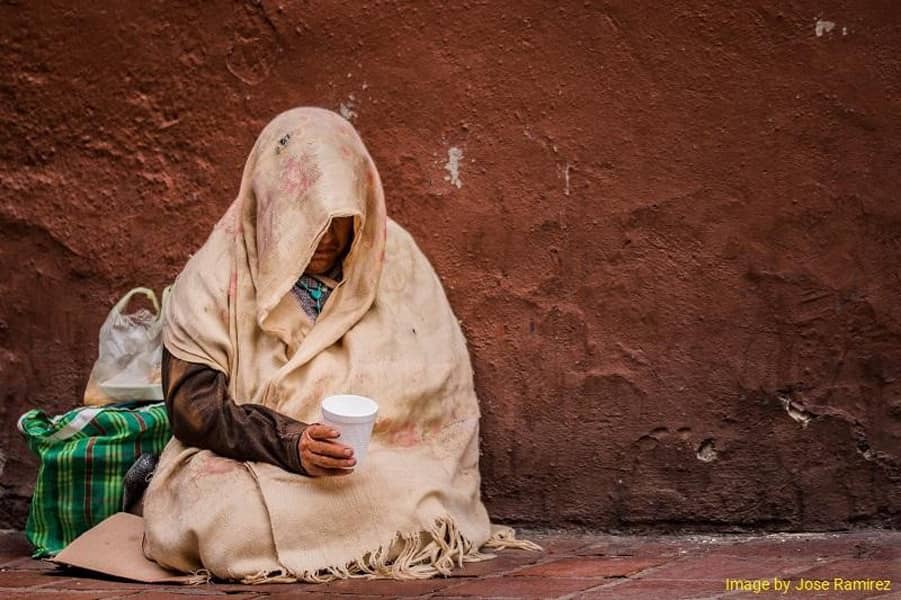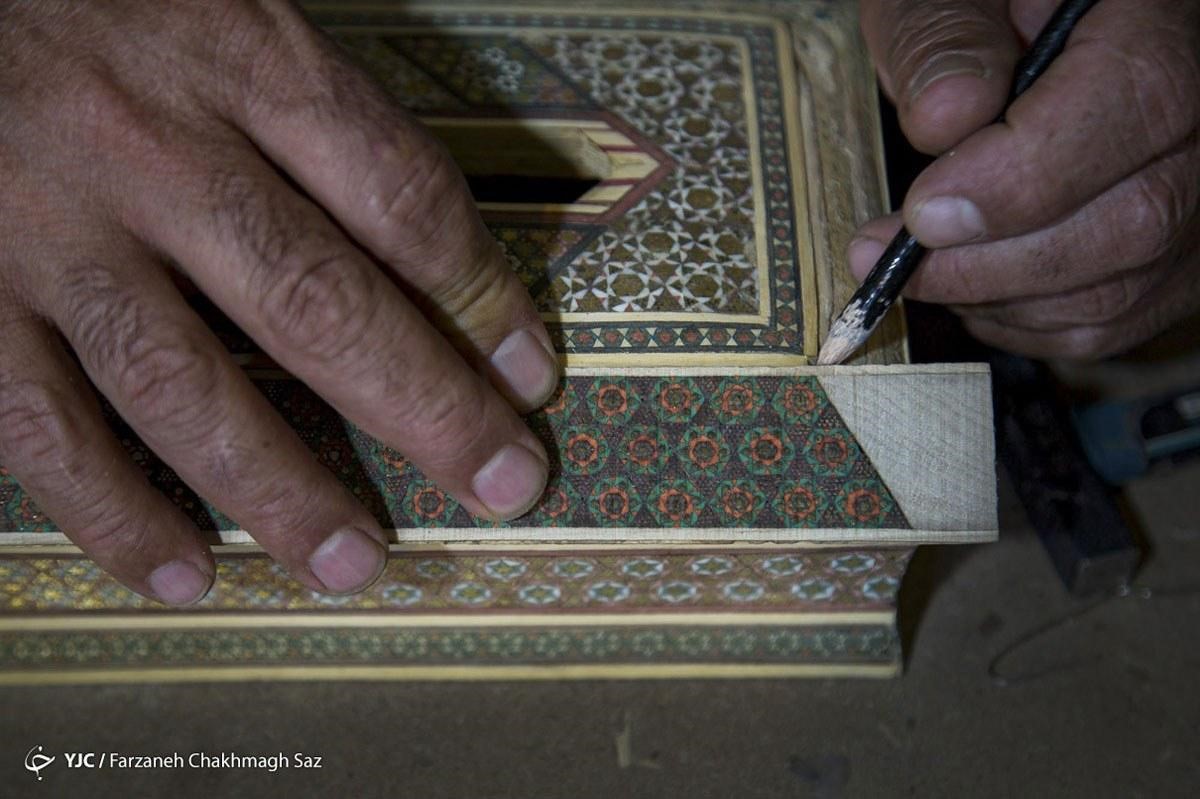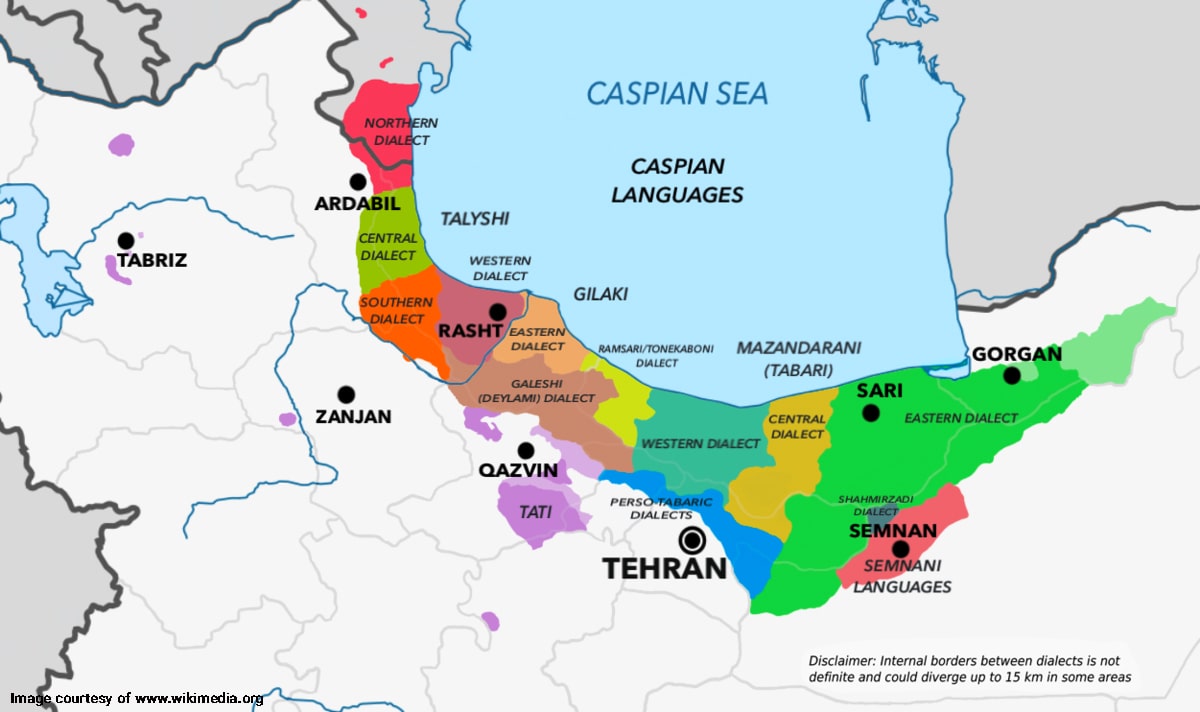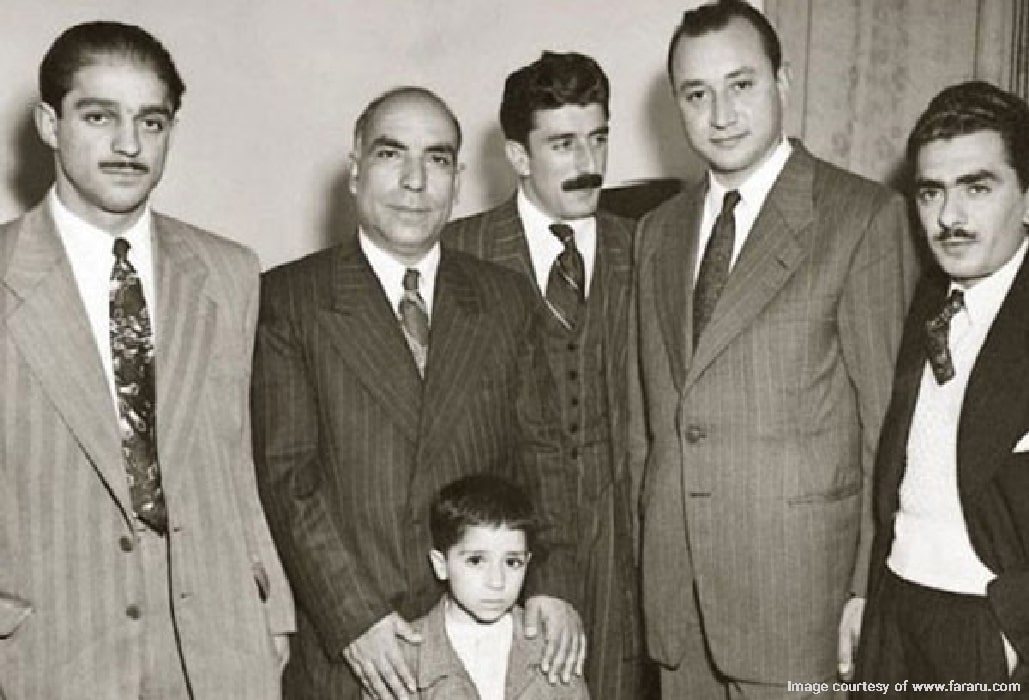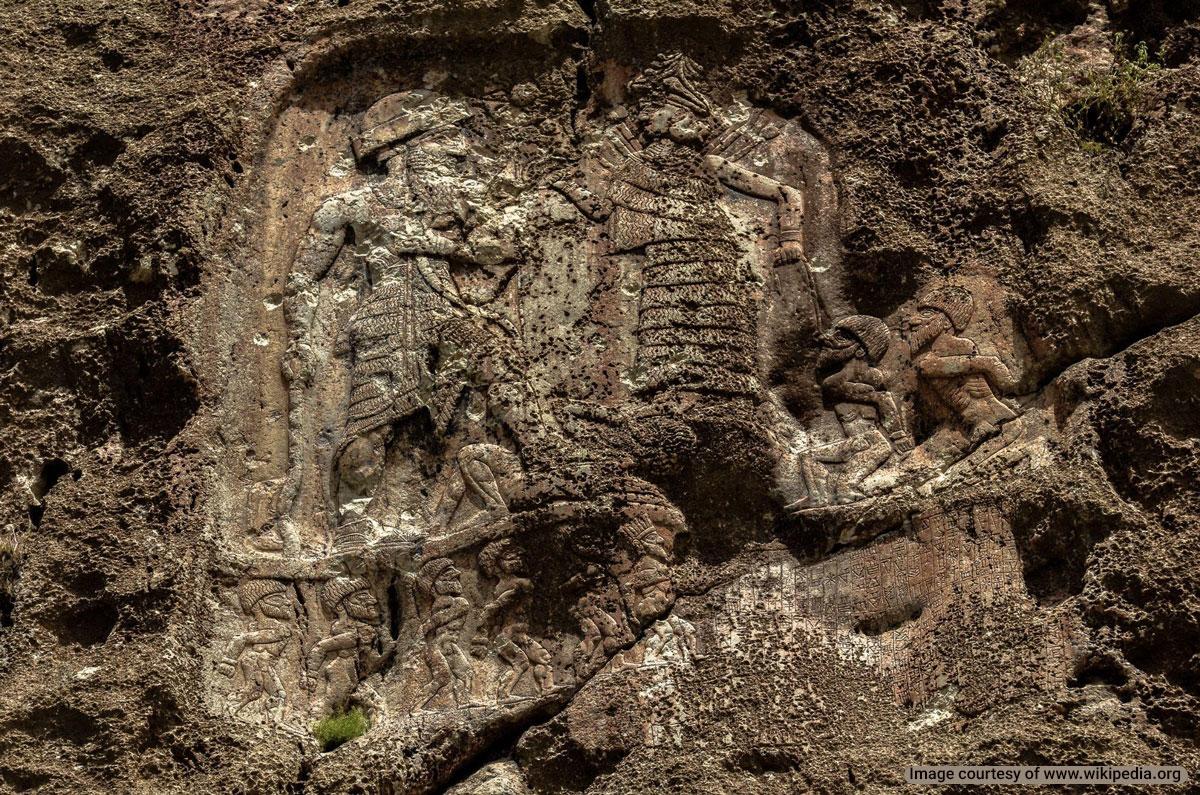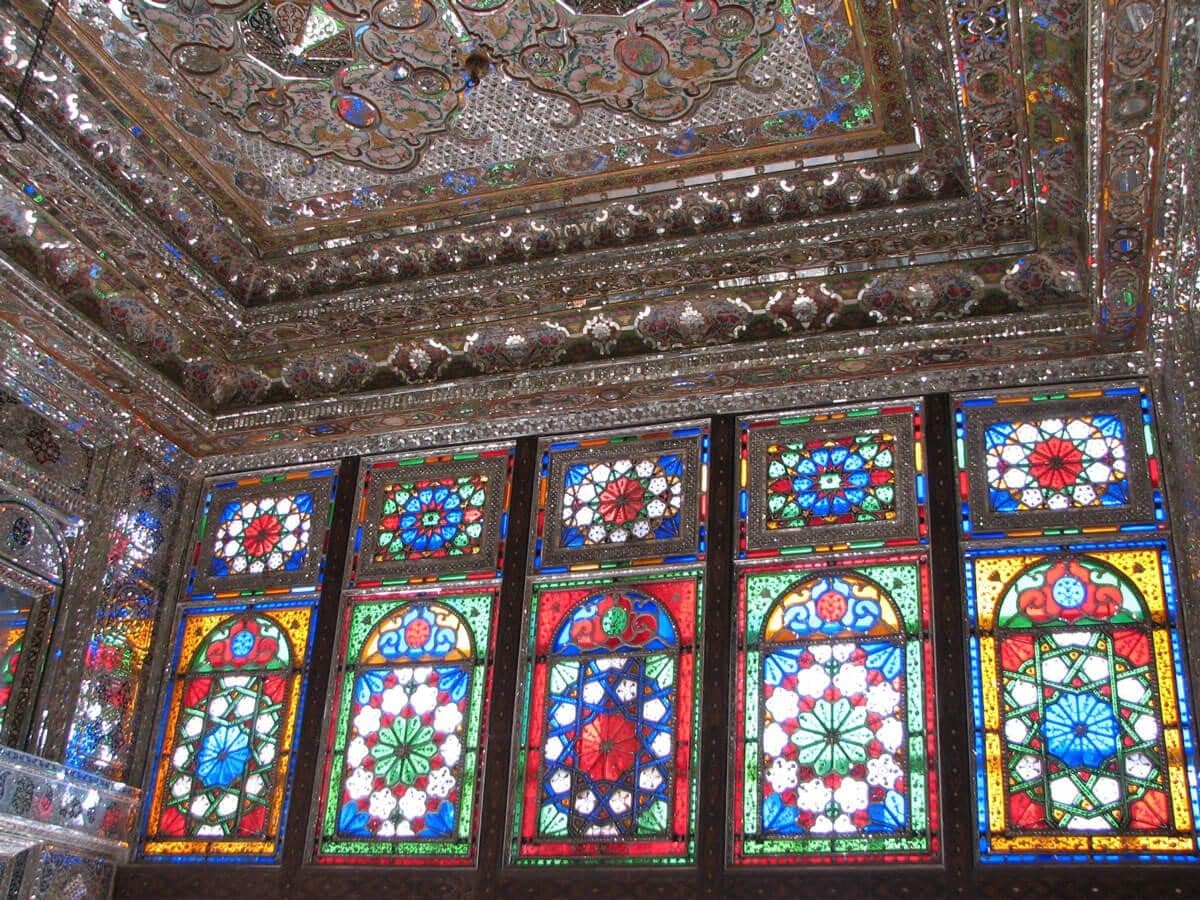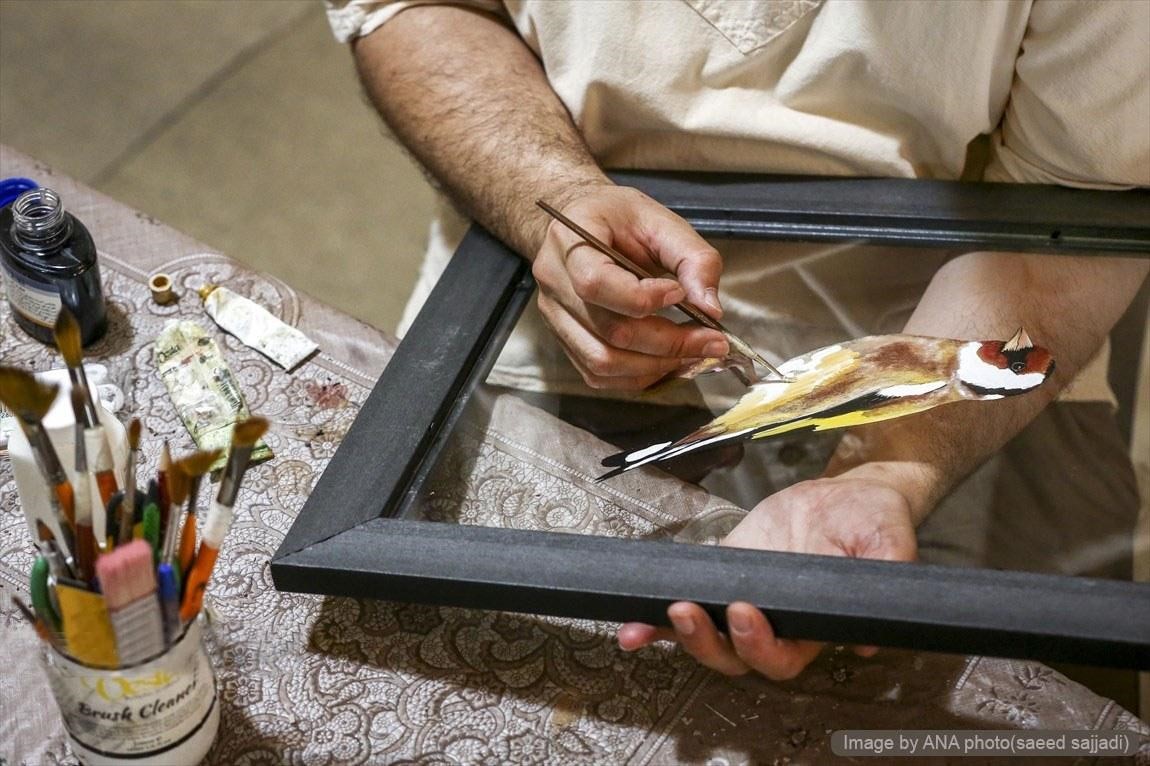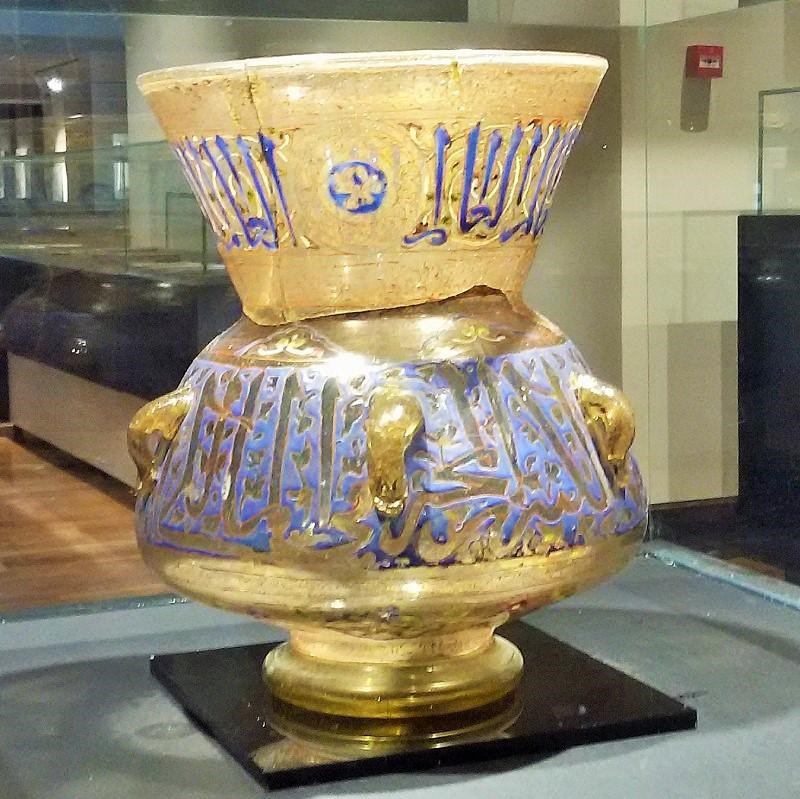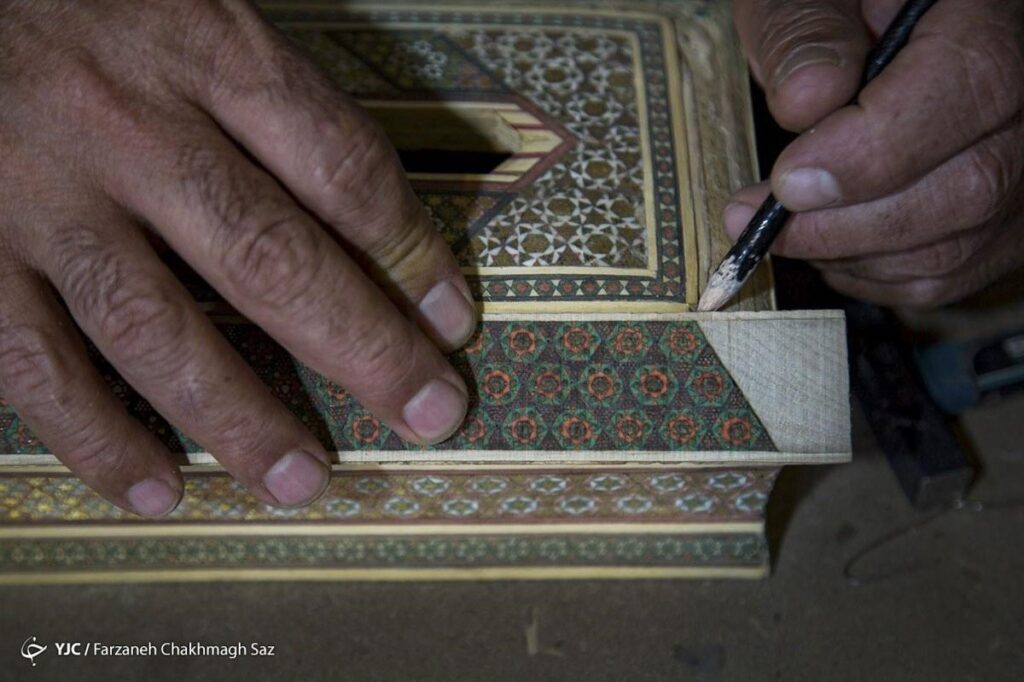
Khatam Kari (Wood Marquetry) is an ancient woodworking technique for decorating the surface of wooden objects. It includes attaching small triangles or polygon shapes in geometric order. The triangles or polygons are wood, metal, or even bone. The smaller the size of these geometric shapes, the more elegant the handicraft. In this article, you will learn more about the beautiful art of Iranian handicrafts.
Khatam Kari Material and Tools
Generally, wood marquetry employs various tools, and these tools fall into the following four categories:
- Cutting tools, such as various saws
- Abrasive tools, such as types of graters, files, sandpapers, and grinders
- Types of presses, such as types of clamps
- Design and workshop equipment
In addition to that, other tools are also used in this art, which are:
- Types of wood, including ebony, jujube, orange, walnut, etc.
- Metals such as brass, aluminum, silver, and bronze
- Animal bones, such as camels, donkeys, horses, etc.
- Sirish (Eremurus paste) and another adhesive for fixing the marquetry work, and varnish to apply on the finished surface
How is Traditional Iranian Wood Marquetry Done?
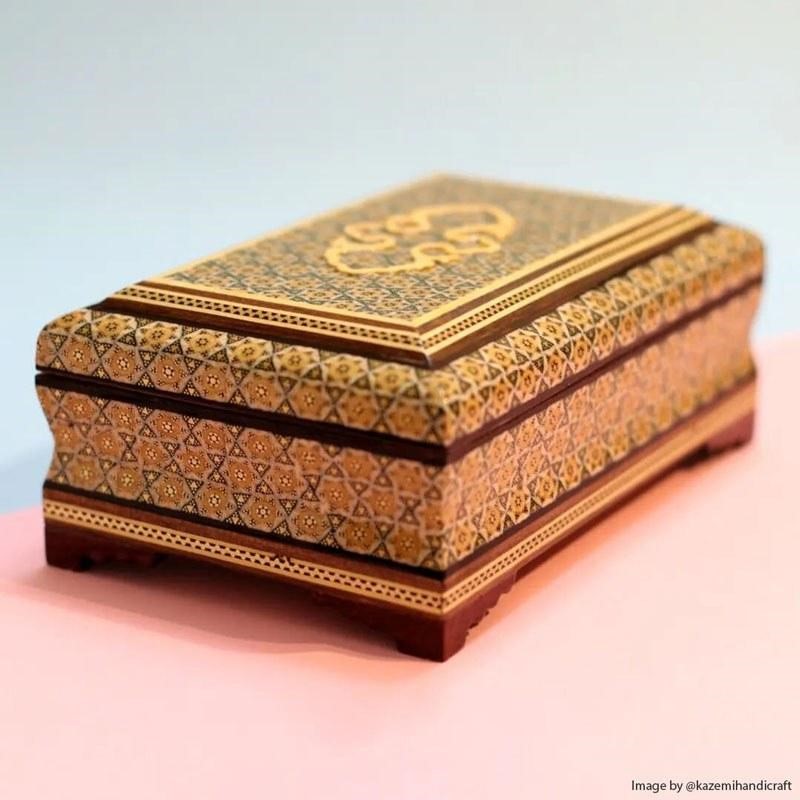
Iranian Khatam Kari utilizes the following tools, which generally include the following two stages:
Khatam Sazi Stage
In this stage, the artists design the Khatam (inlaid article), prepare materials and ingredients, cut raw materials, and create the Khatam pieces (Gol). Then form a Ghameh by gluing the pieces to each other. Ghameh is the smallest geometric unit in a Khatam Kari artwork. Some Ghameh are made of only three pieces, but others contain up to 400 pieces.
In this stage, wood, bone, or metal materials are cut into prisms with a triangular base. Then, these unit triangles are placed together so that a cross section would contain regular geometric shapes.
Then, these parts are inlaid on a thin wooden sheet with a special adhesive (Sirish) in a certain order.
In the next step, after the wooden sheets are dried, the artists use them to decorate wooden objects. Wooden boxes are the most common objects decorated using Khatam Kari artwork.
Khatam Kari Stage
This stage includes designing the framework, gluing the marquetry layers on the desired objects, and finishing and polishing the Khatam artwork.
Khatam Kari Origins and its Development in the Ilkhanate Period
A type of this art called “Simple Khatam” was popular in Iran during the early Islamic era, known as “Square Khatam” today. In this type of marquetry work, instead of triangles, other shapes such as squares, rectangles, parallelograms, and rhombuses were used to decorate the surface of wooden artifacts.
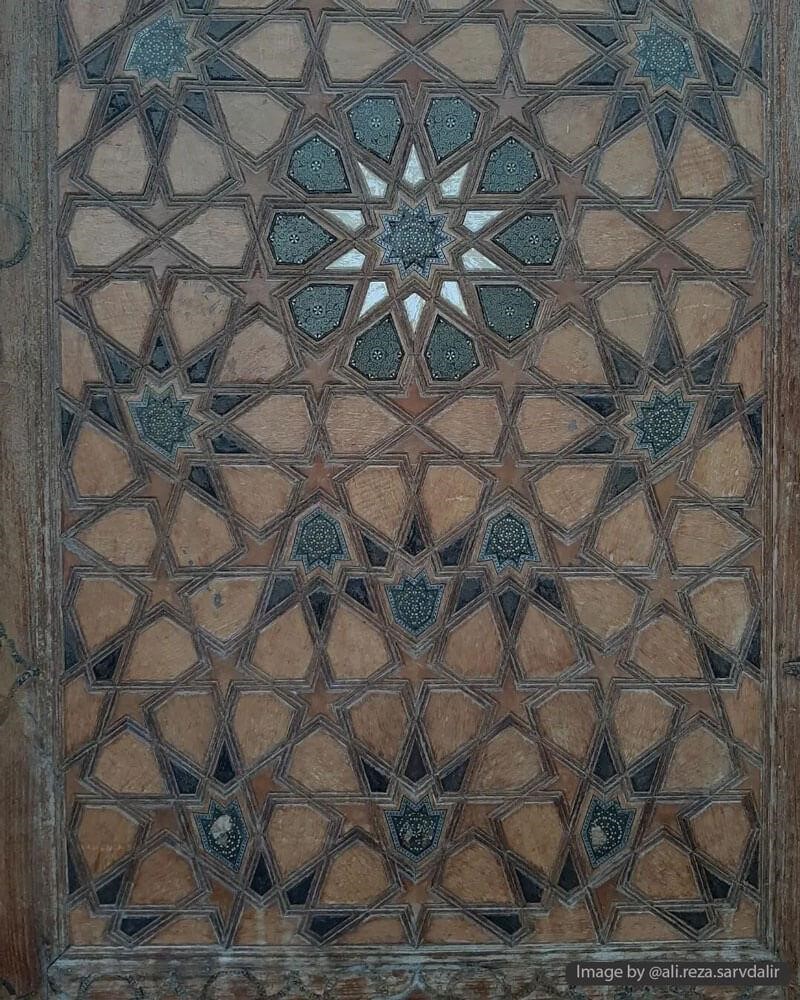
Square Khatam was popular centuries after the appearance of current Khatam Kari art. Below are some examples of Simple Khatam artworks:
- Jameh Atigh Mosque in Shiraz: Square Khatam artwork is used to decorate the wooden doors of this historical attraction.
- Amir Temur Mausoleum Gur-i Amir Сomplex in Samarkand, Uzbekistan: A pair of wooden doors were installed in this tomb, which has now been transferred to the State Hermitage Museum in Russia. This wooden door belongs to the 15th century and is decorated with Khatam Kari and Moarragh (inlay) artwork.
In addition, according to the available evidence, what is known as Khatam Kari art today was created during the Ilkhanate period (Mongol rule in Iran). At first, Iranian artists learned a type of this art called “Chinese Marquetry”. In this way, they used to decorate wooden objects by placing small triangular pieces in black and white next to each other.
Later, these artists revolutionized this craft by using red, green, and yellow pieces. They also used bronze pieces, unlike Chinese artists who used triangular pieces of zinc and brass.
In addition, the use of various geometric designs such as pentagons, octagons, and decagons, was one of the main differences between this Iranian Chinese marquetry artwork. Of course, Chinese artists also used geometric shapes such as squares, rectangles, and hexagons at that time.
These traditional handicrafts grew in popularity during the later periods and in the Timurid era. This art was so popular that Tamerlane, the Gurkani king, commissioned Khatam Kari artists to decorate the doors of “Delgosha Palace” with their artwork.
It is worth mentioning that the Mongol sultans, with their attention to these handicrafts, decorated Timurlane’s tomb with Khatam Kari boxes after his death.
Wood Marquetry in Safavid Period and Later
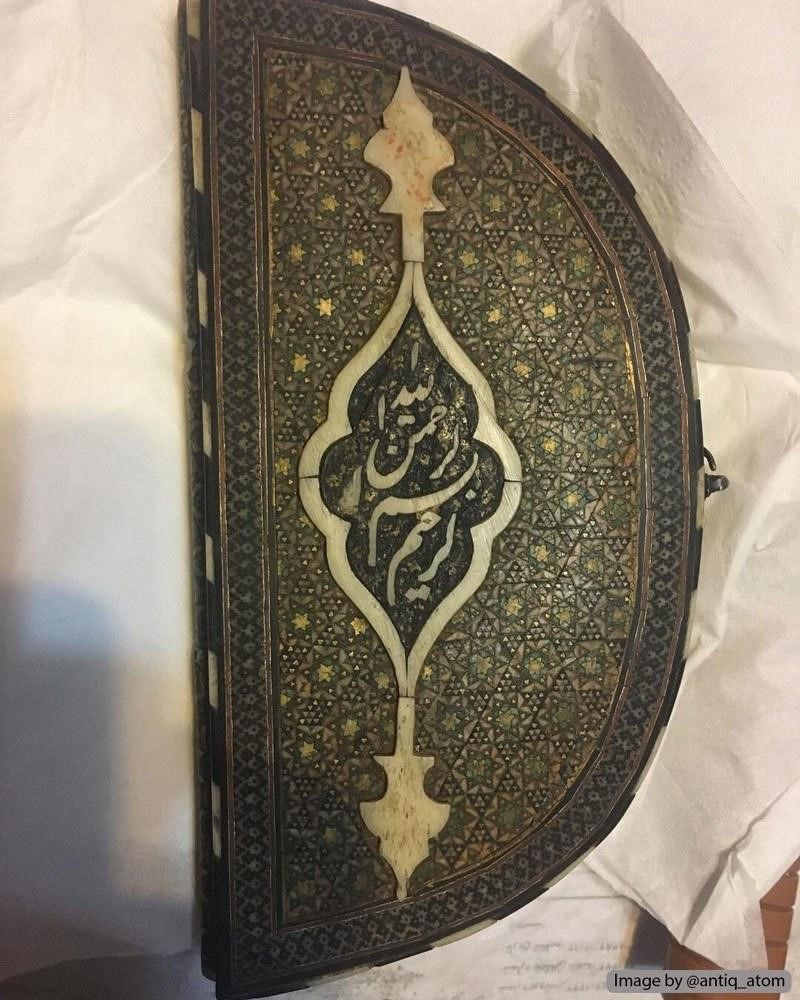
After the Timurid period, the Safavid era became the golden age of Khatam art in Iran, peaking during the reign of Shah Abbas. During the Safavid era, this art was mostly seen in southern Iran such as Shiraz, Isfahan, and Kerman. The available artwork from this period displays the use of the art in two styles:
Khatam Kari Art in Imitation of Ilkhanate Artists
The Khatam pieces used in this method included squares, rectangles, and parallelograms.
Innovated Safavid Style of Khatam Kari
In this method, known as “Golbandi”, prisms with a triangular base are connected from the sides to form a flower and then a Ghameh. In addition, one of the characteristics of the innovative handicrafts of the Safavid period is the use of different metals in green and red colors.
After that, in the Zand period, the use of special pentagonal and decagonal pieces to decorate wooden objects became popular, known as “Girih Khatam”. Girih design is considered one of the distinctive features of Khatam Kari in the Zand period.
In the Qajar period, this handicraft declined with the use of paper lining instead of wood, unpolished round wires, bone instead of ivory, etc. Of course, in this period, we see the birth of the art of Semi-Moarragh Khatam (Semi-Inlay Marquetry), which is considered the starting point of combining this art style with Moarragh artwork.
After the Qajar period and in the Pahlavi period, the use of chemical dyes instead of natural dyes negatively impacted the authenticity of these handicrafts. In addition, the low quality of the raw materials during the Pahlavi period led to the further decline of this art.
Nevertheless, valuable artworks emerged in the mentioned period, some of which are:
- Khatam Hall in Marmar Palace, currently the Iran Art Museum
- Khatam Hall in the Senate of Iran Palace in Tehran
- Semi-circle Khatam table donated to then President of the United States, Eisenhower
- Table donated to Queen Elizabeth
- The Khatam Box of Sayyida Zaynab Mausoleum in Syria
- The casket of Shah Abdol-Azim Hasani Shrine in Ray and…
Visit Khatam Kari Workshops in Iran
The art of wood marquetry is still practiced in handicraft workshops in Iran. Destination Iran invites you to visit these workshops on Iran tour packages or personally. You can play an important role in preserving and reviving ancient artworks by purchasing these products under the principles of responsible tourism.


